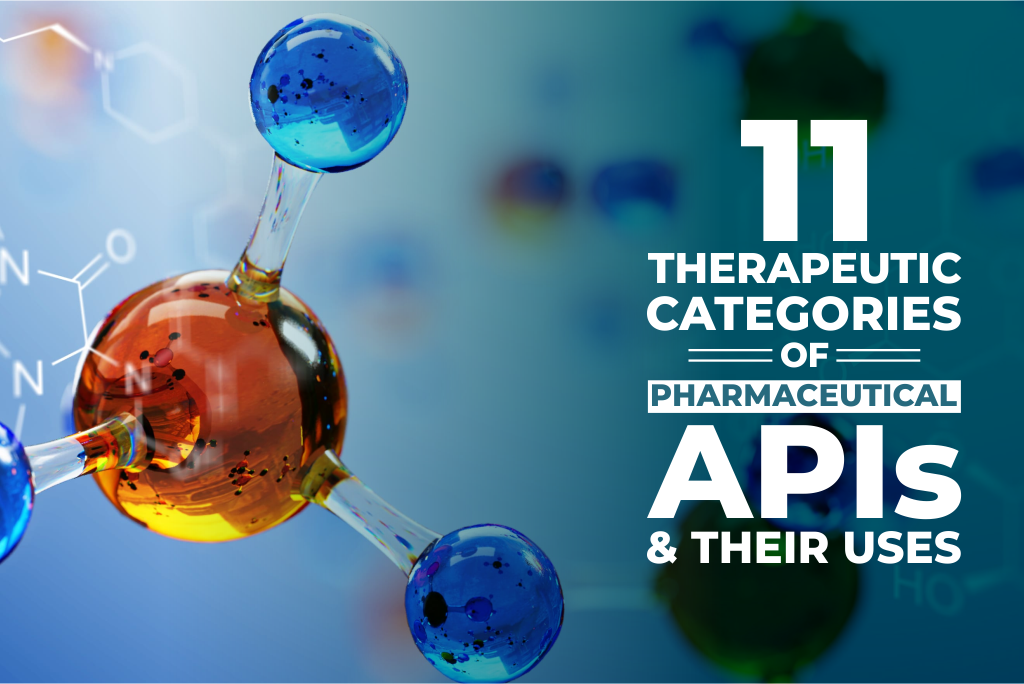
The Active Pharmaceutical Ingredients market comprises the largest segment of the Indian pharmaceutical sector. India is the third-largest Pharmaceutical APIs market in Asia-Pacific. As per the BusinessWire report, the Indian API Market stood at USD 11806.93 million in FY 2021 and will grow at a CAGR of 12.24% during the forecast period. The Indian API Market is segmented based on the synthesis, source, therapeutic application, drug type, company, and region. Out of the various therapeutic categories, we will discuss 11 trending therapeutic categories of APIs and their uses. All the therapeutic categories, pharmacologic class, and formulary key drug types are available on the FDA website, and their scientific definitions are available on the Britannica website. However, we have delineated some of the most prominent APIs that rule the markets and are always in demand.
1. Anesthetics
Anesthetics are agents capable of inducing a total or partial loss of sensation, especially tactile sensation and pain. They can be induced as general ANESTHESIA to generate an unconscious state of mind or administered locally to induce numbness or lack of sensation at a targeted site.
Anesthetic drugs are widely used in medical operative procedures. Examples of anesthetics APIs are Lidocaine, Bupivacaine, Levobupivacaine, Ropivacaine, Mepivacaine, Prilocaine, Benzocaine, etc.

2. Analgesics
Analgesics are also called painkillers. Analgesics do not turn off nerves or change the ability to sense your surroundings, or alter consciousness. That is the main difference between Analgesics and Anesthetics. Analgesics may be classified into two types: anti-inflammatory drugs, which alleviate pain by reducing local inflammatory responses, and opioids, which act on the brain.
They are used to relieve pain after surgery, headache, cancer, menstruation, arthritis, nerve damage, etc. Examples of Analgesics are Diclofenac Sodium, Buprenorphine HCl, Phenazone, Sodium Salicylate, Meptazinol HCl, Acetaminophen, Aspirin, etc.
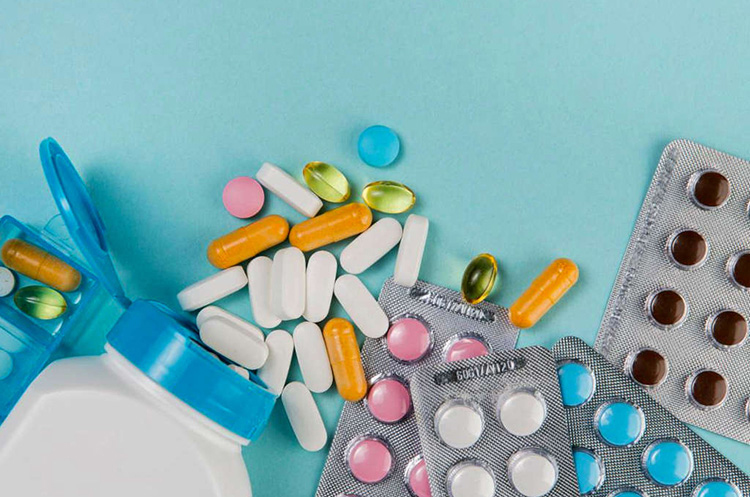
3. Antihistamine
Antihistamines are medicines that treat allergies by blocking the effects of histamine. An allergy is an immune response, or reaction, to substances (allergens) that are usually not harmful. When the oversensitive immune system recognizes an allergen, it launches a response. As a result, chemicals such as histamines are released. These chemicals lead to allergy symptoms.
Antihistamines treat allergy symptoms such as congestion, runny nose, sneezing, itching, hives, skin rashes, runny eyes, etc. Some examples of Antihistamines are Fexofenadine, Chlorpheniramine, Levocetirizine, Pheniramine Maleate, Hydroxyzine, etc.
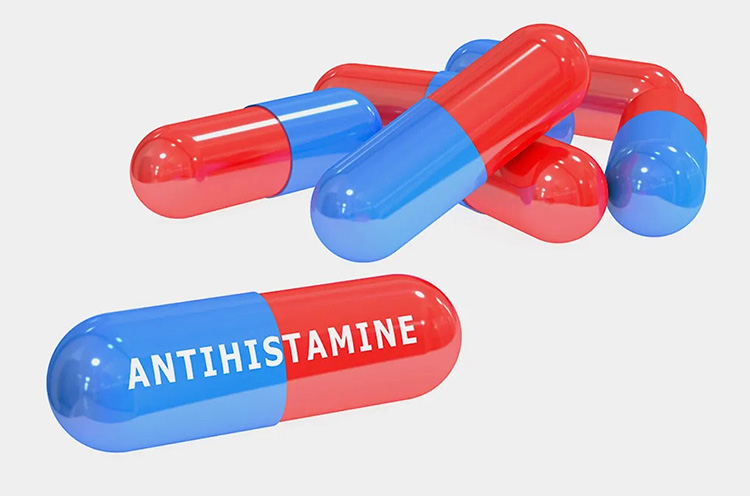
4. Antifungal
The antifungal drug is the type of substance that acts selectively against fungal pathogens (disease-causing organisms) while treating fungal infections (mycosis). There are three major antifungal groups: the polyenes, the azoles, and the allylamines. These groups are distinguished primarily by chemical structure and mechanism of action.
Antifungals treat skin, nails, mucous membranes infections, jock itch, athlete’s foot, vaginal yeast infection, and ringworms. Some standard Antifungal APIs are Clotrimazole, Fluconazol, Miconazole, Terbinafine, Itraconazole, Piroctone Olamine, etc.

5. Antibiotic
Antibiotics fight bacterial infections/germs in people and animals. They kill the bacteria or keep them from copying themselves or reproducing.
Antibiotics are used to treat ear and sinus infections, dental infections, skin infections, meningitis, strep throat, bladder and kidney infections, bacterial pneumonia, whooping cough, etc. Some commonly used antibiotics are Amoxicillin, Azithromycin, Cefadroxil, Doxycycline, Erythromycin, Mupirocin, Piperacillin, Tedizolid, etc.
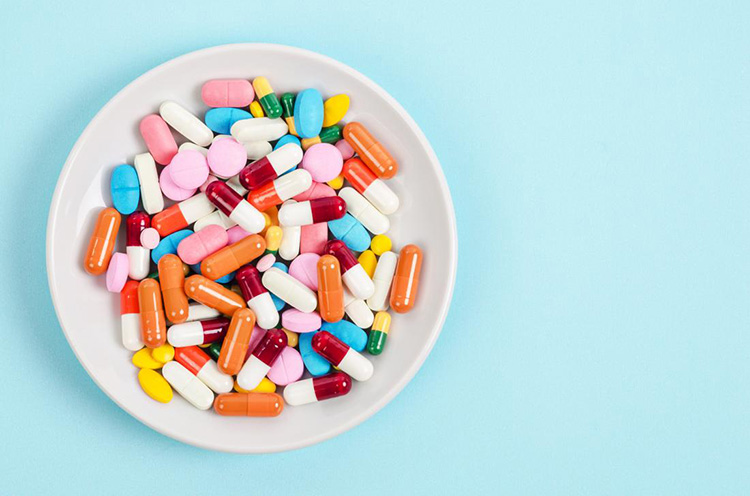
6. Antipsychotic
Antipsychotics are used to treat symptoms of psychosis such as delusions, hallucinations, paranoia, or confused thoughts. In addition, they are used to treat schizophrenia, severe depression, and severe anxiety. Antipsychotics are also helpful at stabilizing episodes of mania in people with bipolar disorders. Examples of antipsychotic drugs are Aripiprazole, Asenapine, Cariprazine, Chlorpromazine, Clozapine, Lurasidone, Olanzapine, Quetiapine, Ziprasidone, etc.
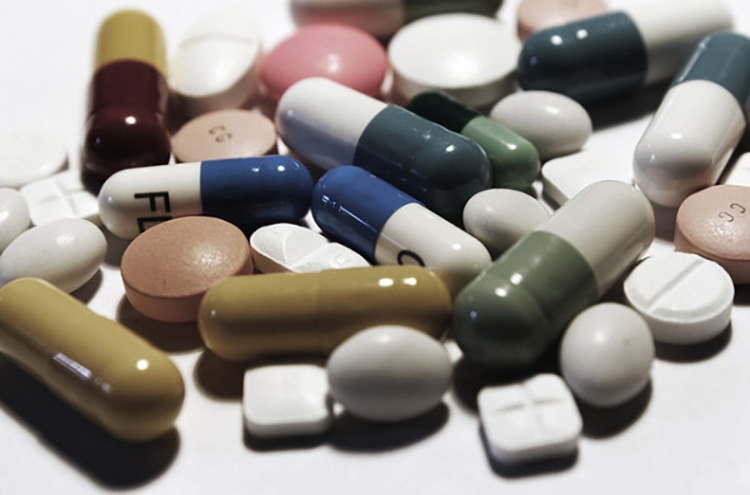
7. Vitamins
Vitamins are therapeutic nutrients, minerals, or electrolytes to support the body’s immune and healing systems, thereby altering the course and outcome of a disease process. Vitamin B complex, B1, B3, B12, Vitamin C, Vitamin D, Vitamin K, Vitamin K are vigorously used for various diseases. Some commonly prescribed vitamins are Ascorbic Acid, Benfotiamine, Folic Acid, Niacinamide, Hydroxocobalamin, Calcium Pantothenate, Alfacalcidiol, etc.

8. Antidepressants
Antidepressants are a class of drugs prescribed to relieve or treat symptoms of depression. There are different types of antidepressant drugs which can be popularly categorized as: tricyclic antidepressants, monoamine oxidase inhibitors (MAOIs), and selective serotonin reuptake inhibitors (SSRIs). Other important groups include the norepinephrine reuptake inhibitors (NRIs), the serotonin-norepinephrine reuptake inhibitors (SNRIs), and the atypical antidepressants, a disparate group of agents with unique structural features and mechanisms of action.
The primary use for antidepressants is treating clinical depression in adults. However, they are also used for other mental health conditions and long-term pain treatment. Some majorly used antidepressants are Amitriptyline, Citalopram, Clomipramine, Doxepin, Escitalopram, Milnacipran, Sertraline, Paroxetine, Venlafaxine, etc.

9. Antidiabetic
Antidiabetics are drugs that work to lower abnormally high glucose (sugar) levels in the blood, which are characteristic of the endocrine system disorder known as diabetes mellitus. Antidiabetic drugs are commonly used to treat and manage diabetes. Antidiabetic drug examples are Alogliptin, Glimepiride, Glipizide, Metformin HCl, Pioglitazone, Saxagliptin, Sitagliptin, etc.
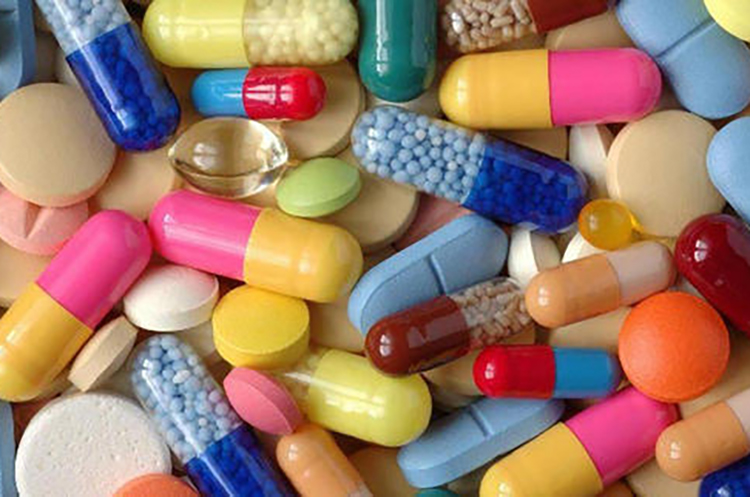
10. Cardiovascular
Cardiovascular drugs affect the function of the heart and blood vessels. Therefore, drugs that act on the cardiovascular system are most widely used in medicine. Examples of disorders in which such drugs may be helpful include hypertension, chest pain, heart failure, high cholesterol, and disturbances of cardiac rhythm. Some commonly used cardiovascular drugs are amlodipine Maleate, Clopidogrel, Dopamine HCl, Levosimendan, Trimetazidine HCl.
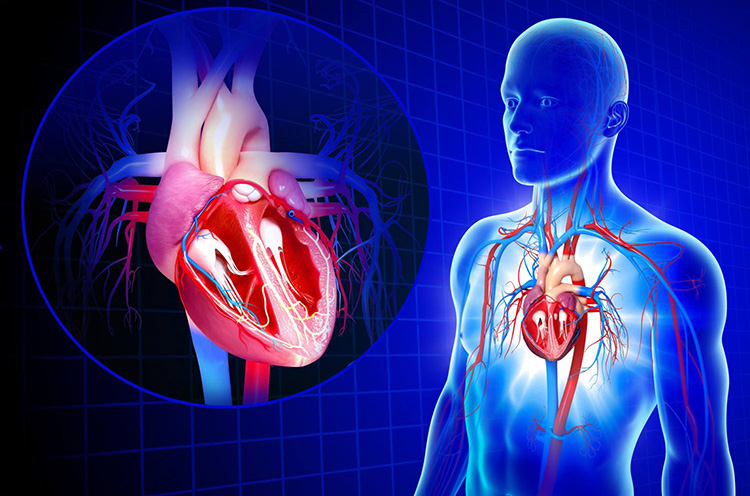
11. Anticancer
Anticancer drugs are also called antineoplastic drugs, effective in treating malignant or cancerous diseases. Common anticancer drugs include alkylating agents, antimetabolites, natural products, and hormones. In addition, several drugs do not fall within those classes but demonstrate anticancerous activities and thus are used to treat malignant diseases. Popular anticancerous drugs are Enzalutamide, Palbociclib, Ibrutinib, Ribociclb, Pemetrexed Disodium, etc.
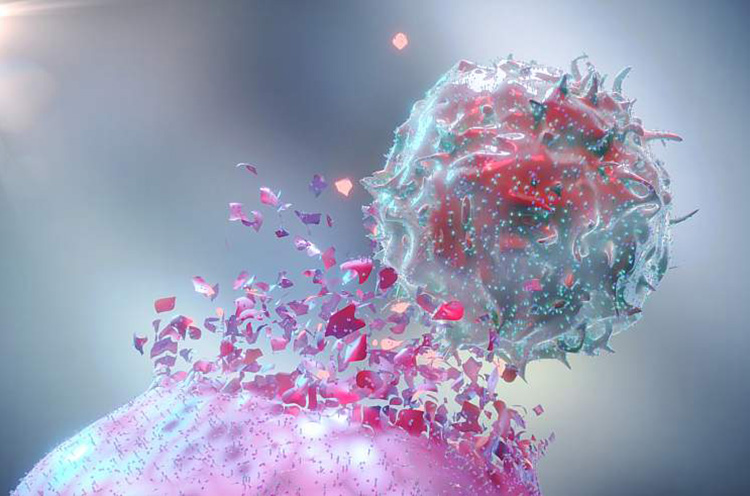
NEWEDGE Overseas has a robust 2000+ Active Pharmaceutical Ingredients portfolio that includes many hard-to-find APIs consolidated over a decade. Kindly contact us for your APIs, FDFs, Intermediates, Nutraceuticals, or other requirements.